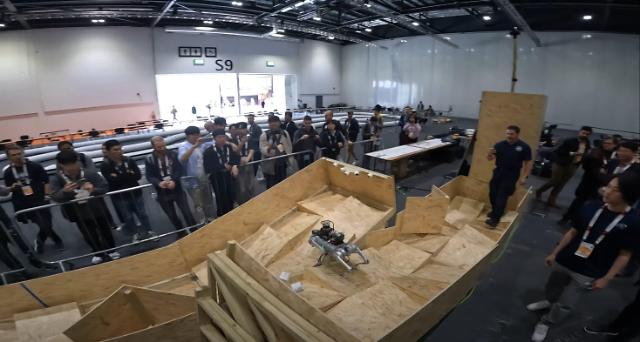
[Courtesy of ETRI]
5G radio access networks are allocated with radiofrequency spectrums that are much higher than frequency bands used for 3G, 4G and internet of things (IoT). Such characteristics make it harder for 5G radio waves to reach inside buildings and underground facilities, creating shadow areas known as gaps.
The distributed antenna system (DAS) for 5G signal distribution inside buildings was developed by the state-funded Electronics and Telecommunications Research Institute (ETRI), which has teamed up with companies including KT, a top telecom company in South Korea, for a joint research project led by the Ministry of Science and ICT.
"DAS is currently the most effective technology that can distribute 5G signals inside buildings without gaps," ETRI researcher Lee Joon-ki told Aju News. The technology involves multiple routers and antennae connected by optical cables. The router relays 5G signals picked up by a base station and distributes signals through an antenna installed on each floor.
The technology can divide 5G signals into 32 frequency bands to deliver large-sized data. The DAS can provide the 5G mobile data speed of up to 20 gigabits per second, which is enough to download a full high-definition film in a few seconds, or send and receive virtual reality (VR) data in real-time without interruption.
ETRI said that a DAS optical transceiver is about the size of a small ledger book and the cost is about 20 percent of other devices that provide similar services. The institute said its DAS technology has been commercialized in the United States, but details were withheld.




